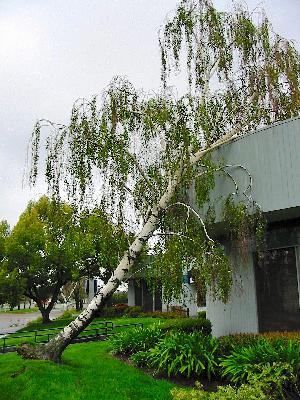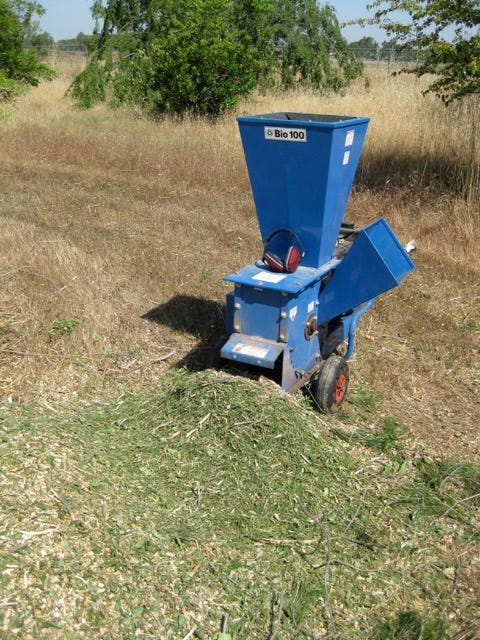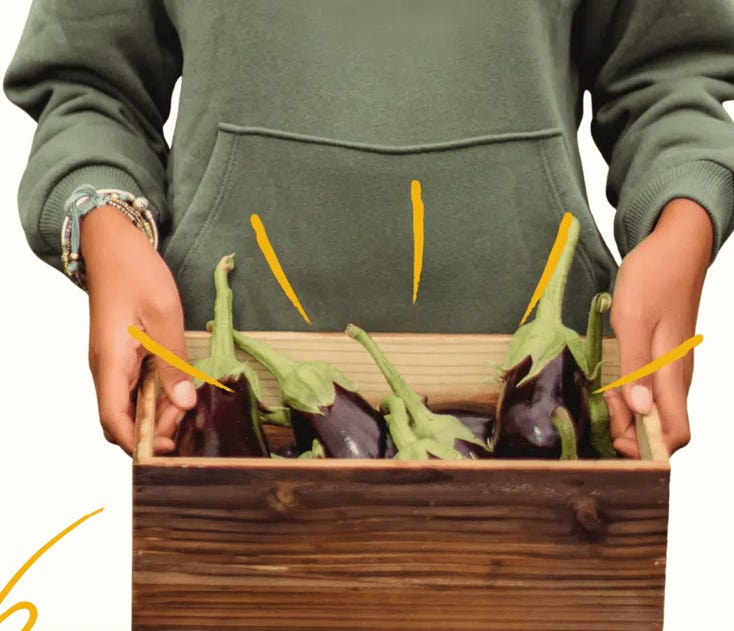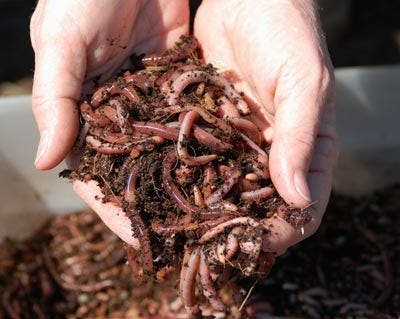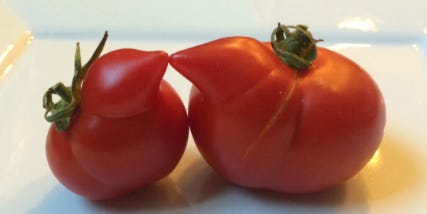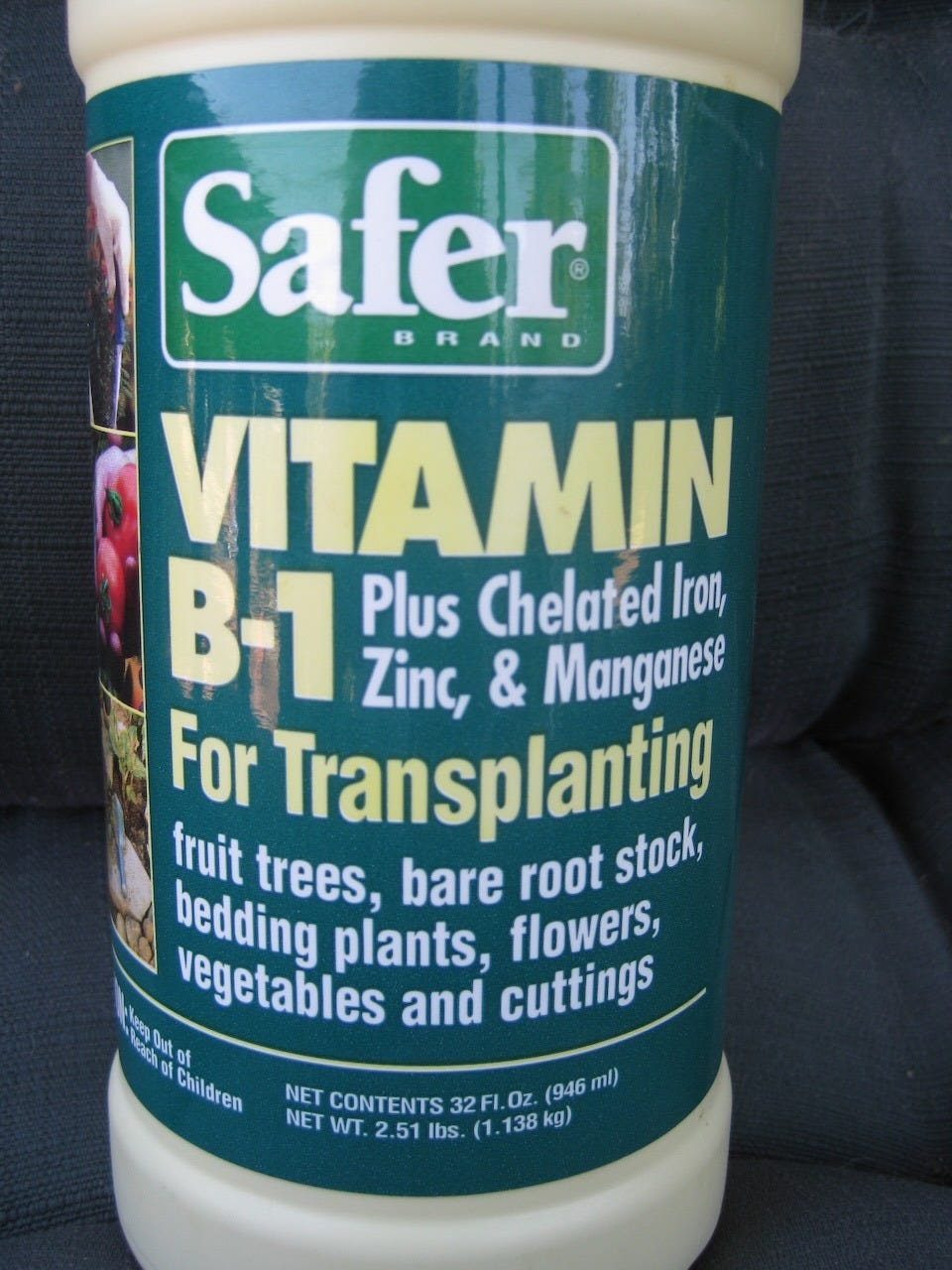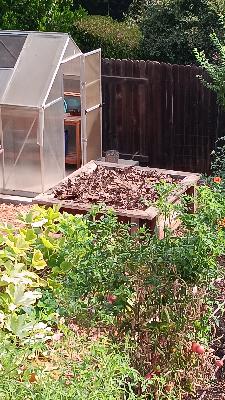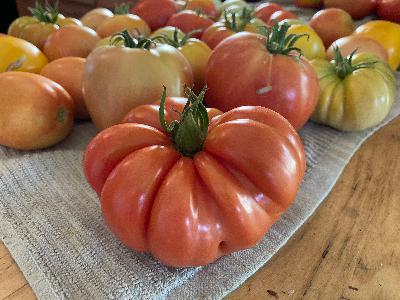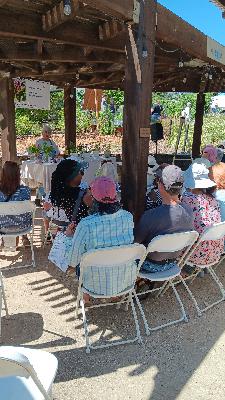Aromatic Plants, and Roses Too!
Description
This edition of the newsletter is a deeper dive into this week’s Garden Basics with Farmer Fred podcast, Episode 398, “Aromatic Plants, Plus Roses!”
Here, we’ll see what these “shows for the nose” look like, along with more details about these aromatic plants, as selected by a group of Sacramento County (CA) Master Gardeners. Plus we take a look at some of the most fragrant roses, as selected by Master Rosarian Charlotte Owendyk.
Beyond The Garden Basics with Farmer Fred is a reader-supported publication. To receive new posts and support my work, consider becoming a free or paid subscriber.
In the portion of the Garden Basics podcast with Charlotte, I mentioned that in an earlier episode, another Master Rosarian, Debbie Arrington, has told us about the tastiest roses, which she said tended to be the most fragrant old red roses. So, as an added bonus, the interview at the top of this newsletter is Debbie Arrington talking about edible rose petals and rose hips, including which ones to choose and how to serve them. Debbie Arrington and Master Gardener Kathy Hellensen (who told us about her favorite fragrant plant in this week’s podcast, Lemon Verbena), also put out a daily newsletter for gardeners entitled “Sacramento Digs Gardening”, which includes tips and recipes that anyone anywhere might enjoy. Check it out.
Master Gardeners and Their Choices for Aromatic Plants
Master Gardener Collete Armao - Scented Geraniums, including the Rose Geranium, the Skeleton Geranium, and the Mosquito Shocker, which may - or may not - repel mosquitoes. Collete says: “The reason I like them is they are delicious smelling and they're pretty plants, they're easy care and you can use so many things with them. The flowers are edible, you can dry the leaves, you can make beautiful sachets and potpourris. In the summertime when it's hot, make a tea of the different leaves and flowers together. And they make a wonderful foot soak!”
According to the UC Marin Master Gardeners:
Scented geraniums are tender perennials loved by hummingbirds and butterflies. Popular scents include rose, lemon, chocolate, orange, apple, apricot, coconut, ginger, and nutmeg. Foliage is textured, sometimes variegated and bursts with fragrance and colorful blooms. Deer avoid them.
============================
Master Gardener Dan Vierria - the Tuberose . Dan says: “I have it planted right next to my patio sliding door. So every time I go out when it's in bloom, it has an amazing fragrance.”
According to the Missouri Botanical Garden:
Polianthes tuberosa, commonly called tuberose, is probably native to Mexico although it is not known to exist naturally in the wild today. It is considered to be a cultigen and has a long history of cultivation dating back to pre-Columbian times. Growing from a tuberous rooted rhizome, it is perhaps best known for the extremely intense fragrance emitted by its waxy white funnel-shaped flowers that appear in elongated spikes atop scapes rising to 30” tall in late summer. Grass-like basal green leaves to 18” long form a grassy foliage clump. Tuberose is a very popular commercially grown cut flower.
===================================
Master Gardener Kathy Hellesen - Lemon Verbena. Kathy says: “It is just lovely. And you cannot walk up to this thing and stick your nose in it and not be surprised and happy and joyful. It is so lovely. The lemon smell is just wonderful. And it makes wonderful tea or cookies or whatever you want to do with it. It's great.”
More about Lemon Verbena, according to the Marin County (CA) Master Gardeners:
Scientific NameAloysia triphylla (Lippia citriodora)General InformationLemon verbena is a popular shrub that grows 15 feet tall in the tropics, usually shorter in northern California. Evergreen in frost-free areas. Foliage is cherished for sweet, fresh, lemony scent. Leaves and flowers are used for culinary purposes, perfumes, cosmetics, potpourris, and herbal medicines. Native to Chile and Argentina.
=================================================
Master Gardener Greta Lacin - Sage (Salvia), especially sages for cooking (such as the Salvia officinalis). Greta says: “I'd have to say the cooking variety (Salvia officianalis) is my favorite because I cook a lot. But, any of the salvias are just beautiful!”
More about Salvia officinalis from North Carolina State Cooperative Extension:
Common sage is an aromatic, edible, short-lived, bushy, spreading, semi-woody perennial shrub. It is a member of the mint family (Lamiaceae). The plant is native to the Mediterranean region, where it grows in shrublands or grasslands on hillsides and mountains. The species epithet, officinalis, references the plant's medicinal use and was sold in herb stores or pharmacies.
Common sage prefers full sun and well-drained, medium to dry soils that mimic those of its Mediterranean homeland. It is intolerant of wet or poorly drained soils. It will tolerate drought and poor soils. The species can grow up to 2 feet tall and 2 to 3 feet wide. Many cultivars may be shorter. Pruning is recommended in the spring and during the growing season to keep the plant from becoming leggy and to control flowering when used as a culinary herb. Do not prune into mature woody stems, as these seldom sprout new growth. Tall plants may require staking.
===========================================================
Master Gardener Teri Van Airsdale - the banana shrub (Magnolia figo), including the variety ‘Port Wine’. Teri says: “The variety ‘Port wine’ is beautiful. It's cream-colored with kind of burgundy colors on it. And I just got a brand new red one that's spectacular. It also smells really, really good.”
More info about the banana shrub from the Missouri Botanical Garden:
Winter hardy to USDA Zones 8-10 where this magnolia is best grown in evenly moist, fertile, slightly acidic, organically rich, well-drained loams in part shade. Tolerates full sun, but foliage may turn a less attractive yellow green. Also tolerates substantial shade, but plant foliage tends to open up. Site in locations protected from strong winds. In areas near the northern edge of the growing range, avoid locating plants in southern exposures close to houses where the buds may be induced to open too early in spring. Plants appreciate consistent and regular moisture throughout the year, and are generally intolerant of soil extremes (dry or wet). Mulch root zone.
Noteworthy Characteristics
Magnolia figo, commonly called banana shrub, is a dense, rounded, multi-stemmed, broadleaf evergreen shrub that typically matures over time to 6-10' tall and as wide. It is native to China. Cup-shaped, creamy pale yellow flowers (to 1 1/2" diameter) bloom from spring to summer (April-June). Each flower is made up of six tepals (petal-like sepals) with very thin red margins. Glossy, oblong, evergreen, dark green leaves (to 3-5" long) are attractive throughout the year. Synonymous with and formerly known as Michelia figo. The name banana shrub refers to the intense banana-like fragrance of the blooms.
No serious insect or disease problems. Watch for scale. Late frosts may damage flowers.
Excellent understory magnolia for part-shade areas of the landscape. Bushy foundation plant for privacy hedge. Specimen/accent. Shrub borders. Plant in areas where the fragrant flowers can easily be appreciated.
Master Rosarian Charlotte Owendyk’s Top Fragrant Roses
Master Rosarian Charlotte Owendyk of the Sierra Foothills Rose Society offered her Top 10 roses that are a show for noses in this week’s Garden Basics with Farmer Fred podcast. And below, is part of Charlotte’s article for the Sacramento/Sierra Foothills Rose Society’s newsletter about the history of fragrant roses. Clear your nose, let’s go!
Fragrant Roses…A Few That I Grow
by Charlotte Owendyk (excerpted from the June 2021 Rose Reflections Newsletter)
Watch someone walk by roses displayed at a rose show. First, there'll be an exclamation over color or beauty, but, inevitably, the head will lean in towards the rose in order to sniff its scent and rise with either a smile or expression of disappointment.
Yep, we all want fragrance in our roses. This usually is especially important if you only have space for a few roses in your garden.
The aroma of roses is due



